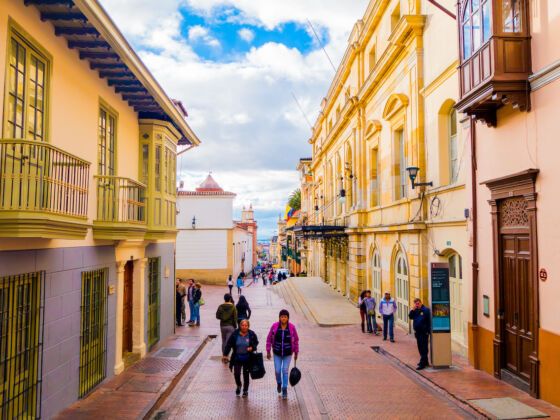1. Classism and racism are quite prevalent.
Classism is pervasive in Bogotá, and it’s all thanks to the estrato system.
The estrato system is, theoretically, a way to subsidize public services by having richer neighborhoods pay for the electricity, gas, and water of poorer neighborhoods. Residences that are low on the estrato scale pay less for public utilities than what they’re worth, and residences that are on the high end of the estrato scale pay more to make up the difference.
